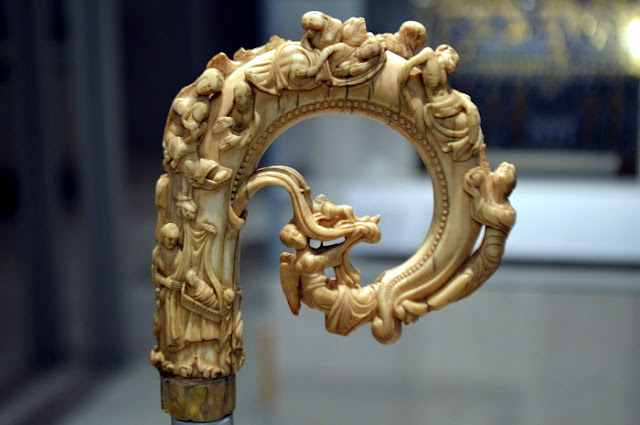Thanks for reading! | The Top 10 posts of 2018

It’s that time of the year again … those few days where it’s socially acceptable to lounge about the house in a dressing gown and have sherry and selection box for breakfast. It is, hopefully, also a time for quiet reflection on the past year. From the point of view of this little blog, I’ve been thinking about what I’ve been writing and how it has been received. This year I embarked on a series of posts about Irish material in the British Museum. Many of these have been quite popular and well received. My series on ‘things in several London museums that I find interesting’ have not ignited the popular imagination to the same extent, but maybe 2019 will be their year! In the meantime, here’s my list of the top 10 most popular posts, with a small selection of my favourites that didn’t make the list, but that I feel deserved more love than they got. So … take a trip down memory lane and pick up on some posts you liked or some you missed … either way, it’s my intention to keep writing ...



